10 ways to insulate a period property
Modern technology might offer sustainable, cost-effective heat sources, but the best-value unit of energy is the one you don’t lose through your roof, floors, walls and windows. Tim Moulding, an eighth-generation builder, suggests ways to keep an old building warm. Illustration by Adam Larkum.
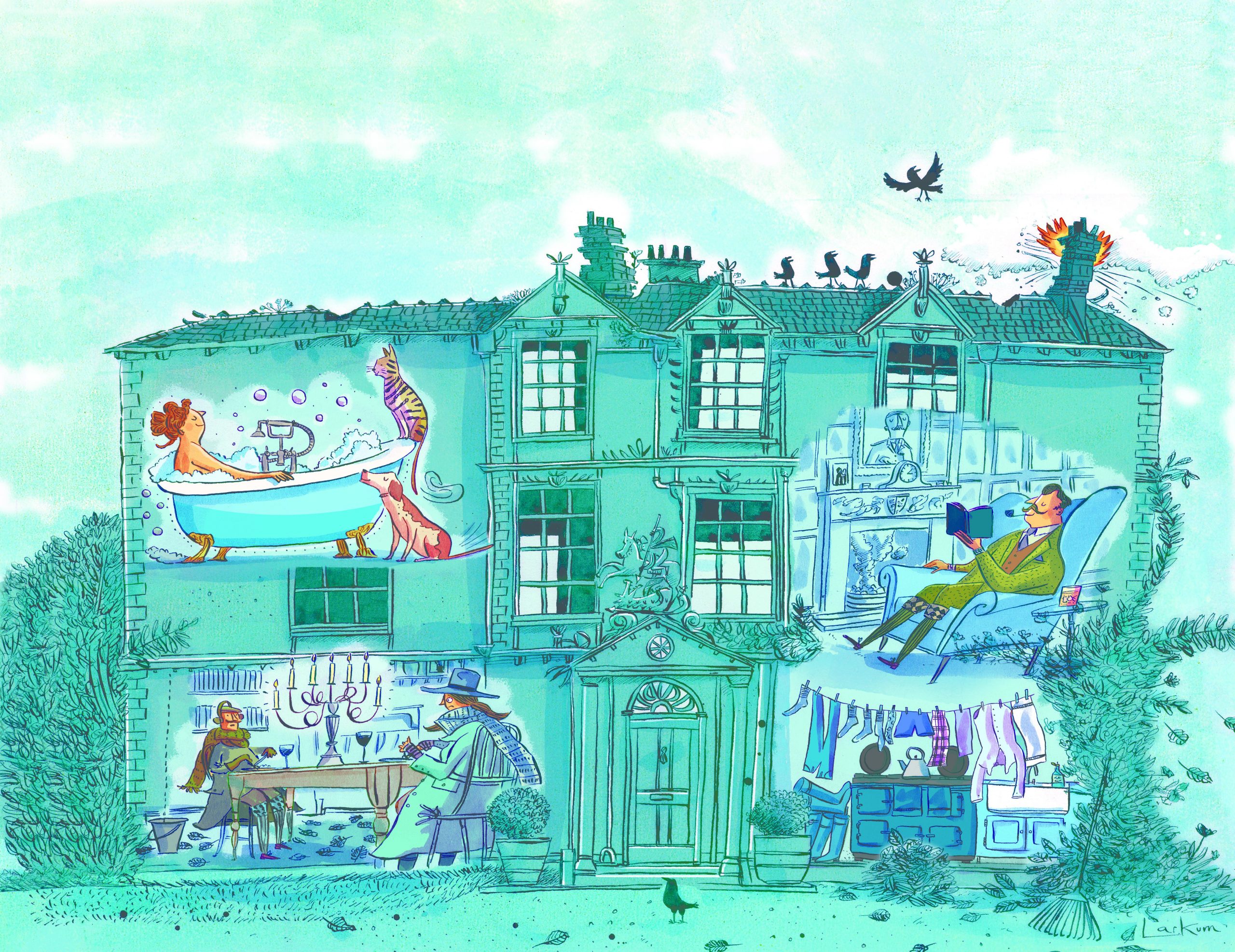

Owners of old houses don’t have the same opportunity to achieve thermal efficiency as those in modern homes. However, there are ways that you can conserve those much-needed units of energy, from upgrading the insulation and draught-proofing windows, to sheep’s-wool insulation and fitting a flue balloon. In each instance, explore the following options with a building surveyor or architect with experience in historic building.
1. Insulate, but be sure to ventilate
Although historic houses have poor thermal fabric by modern standards, insulation upgrades need to be balanced with appropriate ventilation to avoid condensation and damp, which eventually lead to decay. Blocking up draughts can cause a building to ‘sweat’, so take advice from a building surveyor or architect, if in doubt. It is also worth noting that listed buildings may require consent for thermal improvements.
2. Upgrade the roof insulation
This is a relatively straightforward task above a flat ceiling, as the insulation is simply laid between ceiling joists, leaving a cold roof space above. Insulation materials include sheep’s wool, mineral wool and glass wool. Insulation above sloping ceilings that encroach into the roof space may be more complicated, so consult a professional for advice.
3. Draught-proof windows
A draught strip can be applied to sash and timber-casement windows. Modern strip solutions are very effective, discreet and ensure the smooth operation of the window, making them an easy win. There are more challenges with metal-casement windows, such as those within stone mullions. It’s best to focus on ensuring that the windows are properly restored by an expert craftsperson, so that the casements fit as well as possible to reduce draughts.
Another option is to fit secondary glazing, but this can be a significant compromise to the appearance of a building and will require consent if the property is listed. If you are lucky enough to have Georgian shutters, restore them as necessary so that they fit well and close them at night.
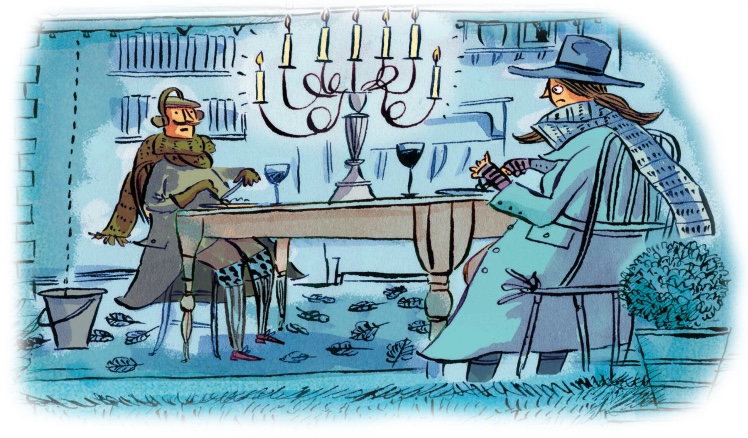
4. Use a flue balloon in the fireplace
An open fireplace is like an open exterior door — allowing your expensively generated heat to simply disappear up the chimney. Many Victorian fireplaces include a damper, a device that can be opened or closed in order to control the flow of air in the chimney, so make sure you use it if you have one. If not, metal dampers can be complicated to install, so you may want to consider a modern and easy-to-use flue balloon instead. It is inflated inside the flue to stop warm air escaping and cold air from sinking down the chimney.
5. Line the chimney flue
Fireplaces are probably the best way to heat a historic house, warming the core of the building. Many old chimney flues, however, are fragmented and flawed, making them a hazard, so consider lining the flue. This can be costly, but may be important for safety reasons.
Sign up for the Country Life Newsletter
Exquisite houses, the beauty of Nature, and how to get the most from your life, straight to your inbox.
6. Reposition the radiators
All too often, a set of heavy curtains will hang in front of a radiator, so that the heat is blocked from reaching the interior of the room. To be much more thermally efficient, it is worth thinking about installing free-standing column radiators in front of the curtains in question, so that, when the drapes are closed at night, the heat source isn’t blocked.
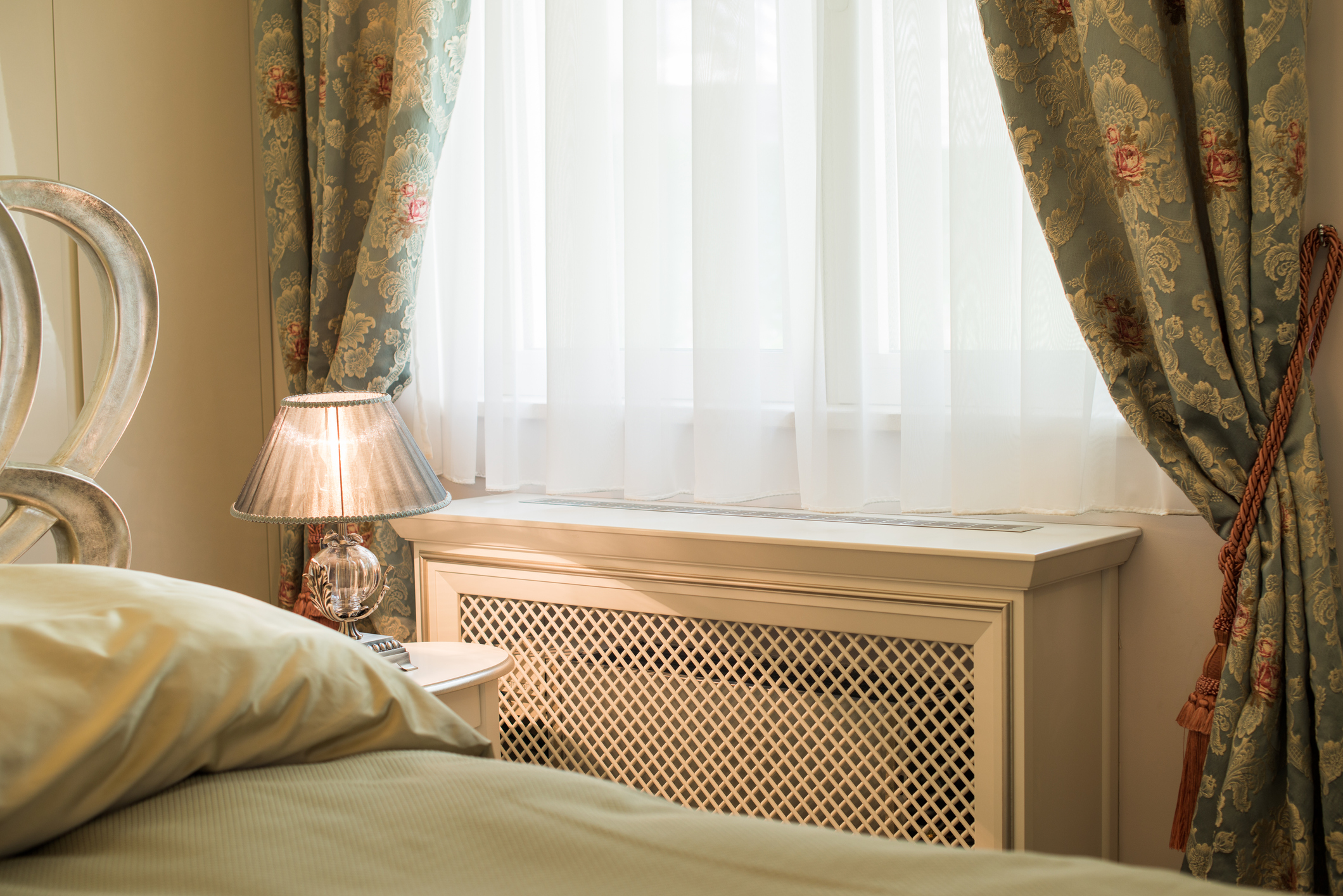
7. Improve the thermal performance of the walls
Lining the inside of exterior walls with insulation board can significantly improve thermal performance. However, be aware that the board will add depth to the wall and may encroach on window reveals. An alternative is to remove the old plaster and replace it with a cork-based insulating lime plaster, such as ecoCORK. Although this will not add depth to the wall, it can be a costly option.
8. Insulate the floor
If you have a timber floor above an unheated cellar, make sure the floor is well insulated; as ever, consult a building professional for advice regarding the best product for your property. Insulating an old stone floor on a dirt base may be significantly more time consuming and costly, but it may be possible.
Generally, the process involves lifting the stones, numbering each one so that it can be replaced in its original position, before digging down to create room for limecrete (a breathable substitute to concrete), an insulating layer and possibly underfloor heating.
9. Zone the space
If there are rooms only used occasionally, close them off so that heat isn’t wasted in empty spaces. If you have a recently constructed and thermally efficient extension, outbuilding studio or garden room, make sure it’s an area where you spend as much time as possible during the winter months.
10. Keep the temperature between 17°C and 19°C
If you set your thermostat at a relatively low temperature and run your heating constantly throughout the winter, there is an argument that this can be more efficient than setting it to come on and off at selected times during the day. The theory is that heating builds up in the fabric of the house, creating a thermal mass that stores heat and protects against temperature fluctuation.
Although ‘constant heating’ is contested, it is an unarguable fact that historic houses aren’t designed to take high temperatures. Some people expect the house to be 22°C, so they can pad around in T-shirts and shorts when it’s -1°C outside, but that means you are cooking the fabric of the house and drying it out, including wall panelling and doors, lathe-and-plaster ceilings and stone walls. My recommendation is to keep the temperature at between 17°C and 19°C and put on an extra jumper, your cosiest slippers and light a fire when it is exceptionally cold outside.
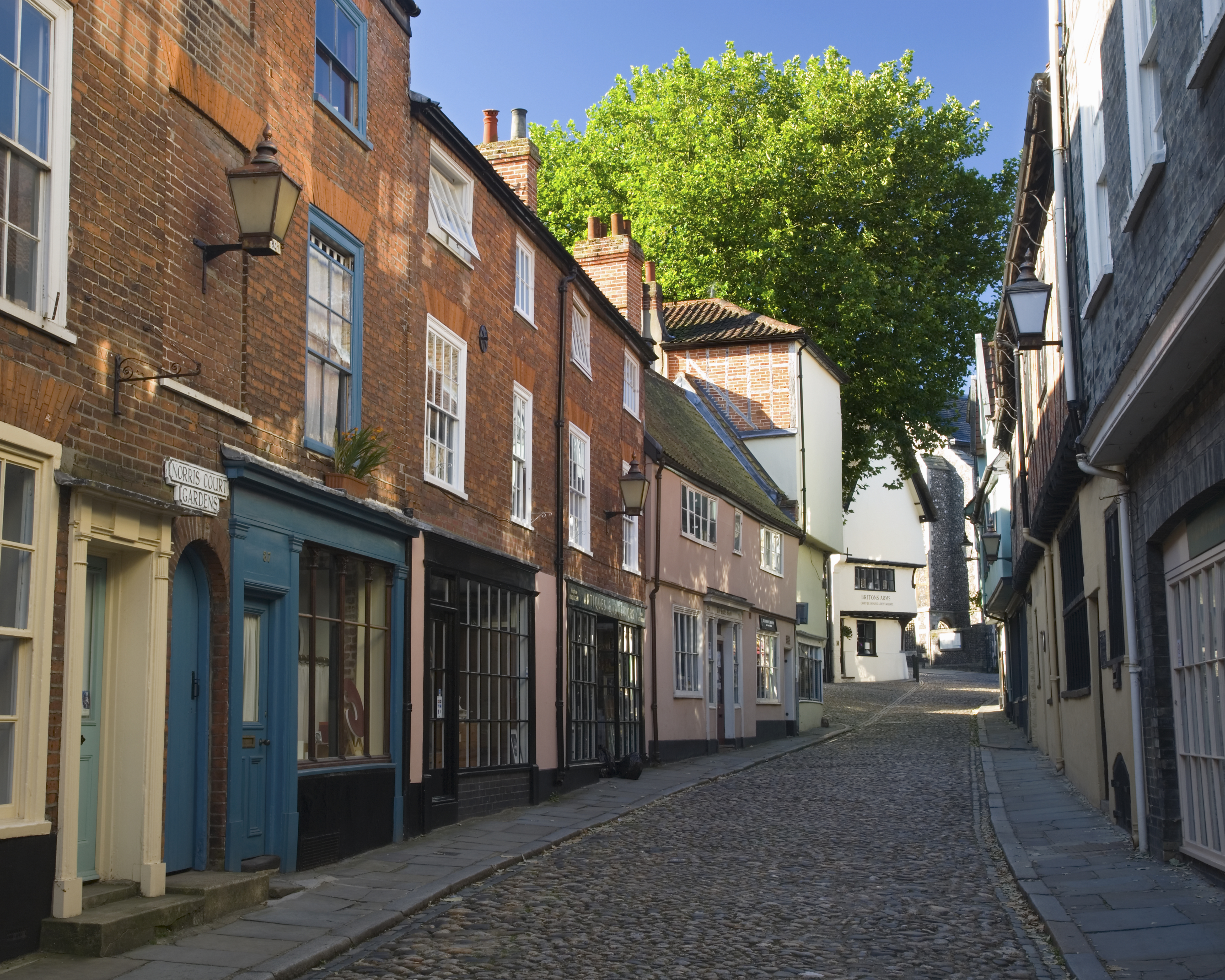
Credit: Getty Images
'The financial pain from higher mortgage rates is still filtering into the system'
What the Bank of England’s latest interest rate decision could mean, the enclaves where more than 70% of homes are
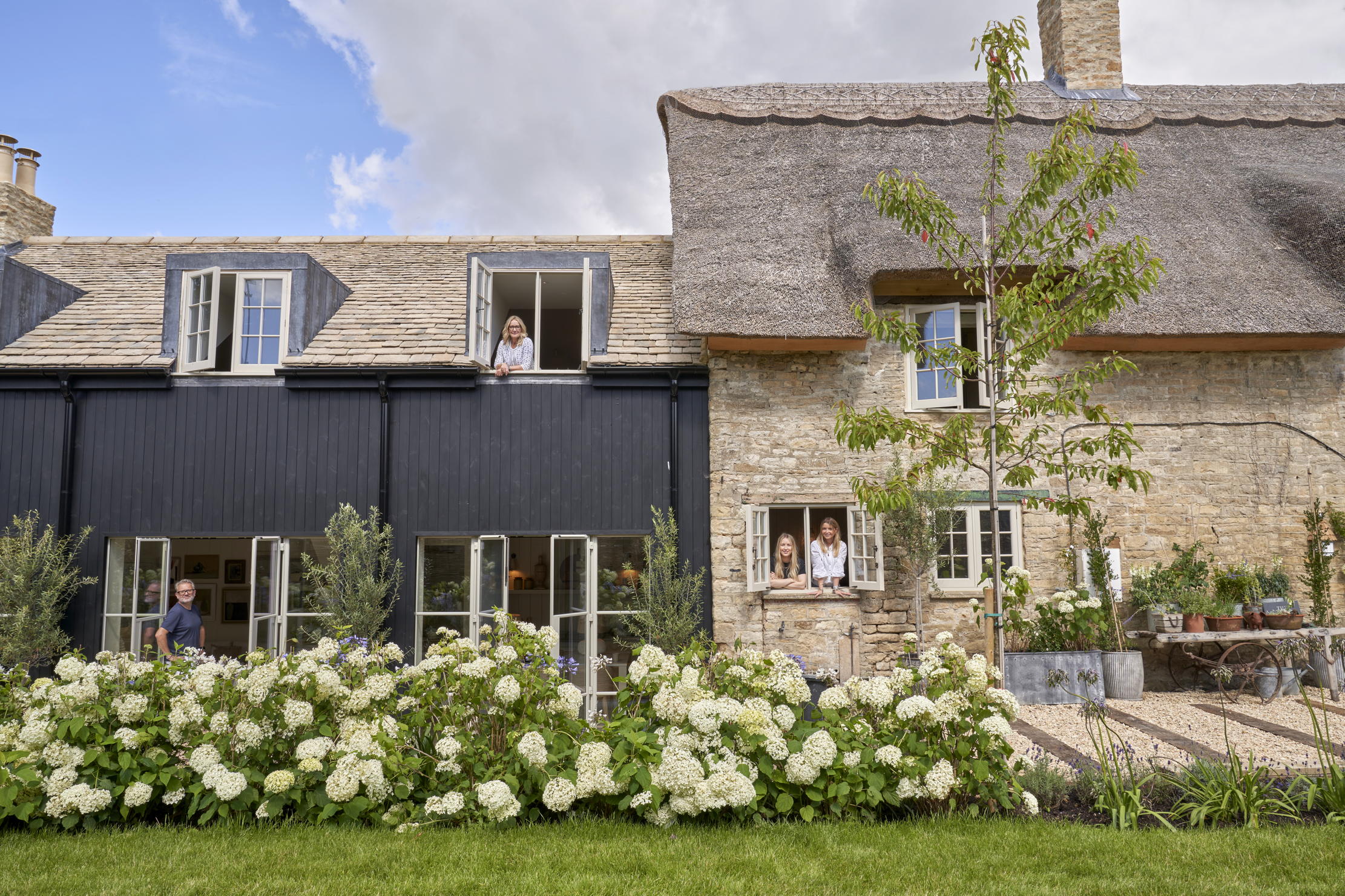
How to make a Super Cottage, by designer Bee Osborn
There’s no reason why a small house shouldn’t feel like a big one, says interior designer Bee Osborn.

John Lewis-Stempel: Why autumn is the time to go nuts
Whether enjoyed as a healthy snack or deployed as the playground weapon of choice, nuts are versatile, abundant and plentiful
Country Life is unlike any other magazine: the only glossy weekly on the newsstand and the only magazine that has been guest-edited by HRH The King not once, but twice. It is a celebration of modern rural life and all its diverse joys and pleasures — that was first published in Queen Victoria's Diamond Jubilee year. Our eclectic mixture of witty and informative content — from the most up-to-date property news and commentary and a coveted glimpse inside some of the UK's best houses and gardens, to gardening, the arts and interior design, written by experts in their field — still cannot be found in print or online, anywhere else.
-
 Some of the finest landscapes in the North of England with a 12-bedroom home attached
Some of the finest landscapes in the North of England with a 12-bedroom home attachedUpper House in Derbyshire shows why the Kinder landscape was worth fighting for.
By James Fisher
-
 The Great Gatsby, pugs and the Mitford sisters: Country Life Quiz of the Day, April 16, 2025
The Great Gatsby, pugs and the Mitford sisters: Country Life Quiz of the Day, April 16, 2025Wednesday's quiz tests your knowledge on literature, National Parks and weird body parts.
By Rosie Paterson